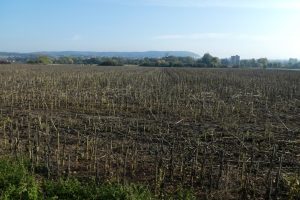 The construction of a major infrastructure such as the Seine-Nord Europe Canal requires the acquisition of land and the reorganization of all the plots around the canal: this is the purpose of land consolidation or land development.
The construction of a major infrastructure such as the Seine-Nord Europe Canal requires the acquisition of land and the reorganization of all the plots around the canal: this is the purpose of land consolidation or land development.
These procedures make it possible in particular, in the context of major linear works such as the Seine-Nord Europe Canal, to remedy the consequences on agricultural holdings:
- mitigation of infrastructure footprint on farms,
- grouping of operating islands,
- limitation of the effects of cuts and lengthening of the route.
They also take into account the problems ofland use planning and preservation of the environment and natural habitats. The decree declaring public utility of September 11, 2008 obliges the contracting authority of the Canal Seine-Nord Europe (CSNE) to finance land development operations.
As part of land development with inclusion of the right-of-way, the areas needed to carry out the project are taken from all the owners of a large perimeter around the project. The levies for each owner are thus reduced and distributed more equitably.
An incentive policy for the constitution of land reserves carried out by SAFER on behalf of SCSNE, with financial support from the departments, will make it possible to significantly reduce the levies made on the farms and owners affected.
The departments carry out land development studies, decision-making tools that will enable them, with the various competent bodies, Departmental Land Development Commission (CDAF) and Communal and/or Inter-municipal Land Development Commission (CCAF or CIAF), to set the guidelines and of
carry out the procedures, in a continuous framework of information, consultation and consultation with the agricultural profession, the communities and the populations concerned.
In the various departments, land development procedures are underway over a vast territory representing around 80 hectares spread over 000 perimeters: 8 in Pas-de-Calais and Nord, 4 in Somme and 1 in the Oise.
For more information, contact the departmental services in charge of land development:


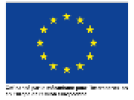


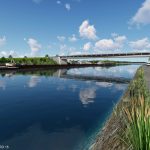



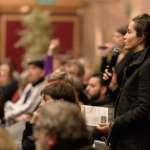
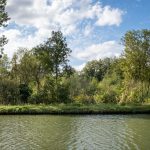
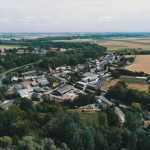
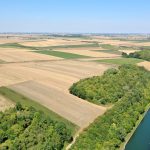
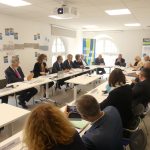








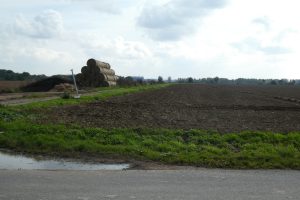 When preparing land development projects, the client first seeks to avoid and reduce impacts on land, housing and human activities.
When preparing land development projects, the client first seeks to avoid and reduce impacts on land, housing and human activities.  The construction of a major infrastructure such as the Seine-Nord Europe Canal requires the acquisition of land and the reorganization of all the plots around the canal: this is the purpose of land consolidation or land development.
The construction of a major infrastructure such as the Seine-Nord Europe Canal requires the acquisition of land and the reorganization of all the plots around the canal: this is the purpose of land consolidation or land development.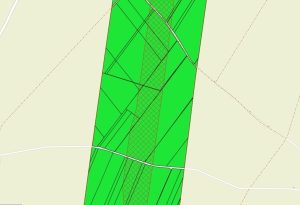 Before undertaking the civil engineering works, the Société du Canal Seine-Nord Europe (SCSNE) must take ownership of the plots or property located within the perimeter of the future Canal, and defined within the framework of the pre-project and project studies.
Before undertaking the civil engineering works, the Société du Canal Seine-Nord Europe (SCSNE) must take ownership of the plots or property located within the perimeter of the future Canal, and defined within the framework of the pre-project and project studies.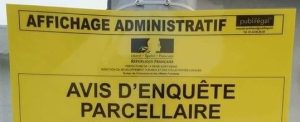 In practice, the survey file is made up of plans of the plots concerned and the list of owners, referred to as the “plot report”. Owners receive an individual notification informing them of the timetable for opening the investigation, filing of the investigation file at the town hall and hours of duty of the investigating commissioner.
In practice, the survey file is made up of plans of the plots concerned and the list of owners, referred to as the “plot report”. Owners receive an individual notification informing them of the timetable for opening the investigation, filing of the investigation file at the town hall and hours of duty of the investigating commissioner.
